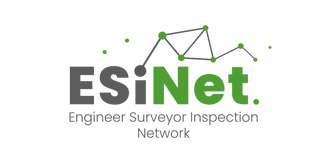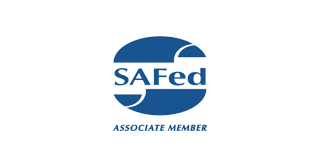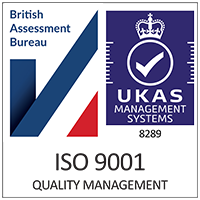Car garages and vehicle workshops rely on a wide range of equipment — from lifting systems and air compressors to hydraulic presses and power tools. Every one of these plays a vital role in keeping operations running smoothly, but they also introduce significant safety risks if not properly maintained and inspected.
At SIS Ltd, we work closely with garages across the UK to ensure all workshop equipment is safe, compliant, and ready for use. Understanding the regulations that apply to your business is key to avoiding accidents, fines, and downtime.
LOLER – Lifting Operations and Lifting Equipment Regulations
Vehicle lifts are among the most heavily used pieces of equipment in any garage, and they fall under LOLER (Lifting Operations and Lifting Equipment Regulations). These regulations require that all lifting equipment used to raise or lower vehicles or components is examined by a competent person at prescribed intervals — typically every six months.
Regular LOLER examinations ensure:
-
Vehicle lifts, hoists, jacks, and slings are structurally sound and safe to use.
-
Lifting accessories are in good condition with no defects or wear that could cause failure.
-
Staff can operate equipment safely without risk of collapse or entrapment.
A valid LOLER inspection certificate not only keeps you compliant but also demonstrates a commitment to safety and professionalism.
PUWER – Provision and Use of Work Equipment Regulations
While LOLER focuses on lifting, PUWER (Provision and Use of Work Equipment Regulations) applies to almost everything else in a garage — from hand tools to tyre changers, wheel balancers, and engine cranes.
Under PUWER, employers must ensure that:
-
Equipment is suitable for its intended use.
-
It is properly maintained and inspected.
-
Operators are trained and aware of the risks.
PUWER assessments by SIS Ltd identify hazards such as inadequate guarding, worn components, or electrical faults, and provide clear recommendations to correct them. Regular assessments reduce the risk of injury and help maintain productivity in busy workshops.
PSSR – Pressure Systems Safety Regulations
Air compressors are essential in garages for powering pneumatic tools and inflating tyres. However, they also fall under PSSR (Pressure Systems Safety Regulations). These regulations require that all pressure systems are operated safely, inspected regularly, and have a written scheme of examination in place.
A PSSR inspection confirms that:
-
The compressor and receiver are in good condition.
-
Safety valves, gauges, and controls are functioning correctly.
-
Pressure relief systems are adequate and regularly tested.
Neglecting PSSR compliance can lead to serious incidents such as explosions, equipment damage, and enforcement action from the HSE.
Why Independent Inspections Matter
Choosing an independent inspection provider like SIS Ltd ensures you receive unbiased, expert assessments with no conflict of interest. Our engineer surveyors have extensive experience working with garages and workshops of all sizes, from local independents to national service chains.
We deliver clear, concise reports that highlight both compliance and opportunities for improvement — helping you stay safe, legal, and operational with minimal disruption.
Your Partner in Compliance
Keeping a garage safe is about more than fixing cars; it’s about maintaining a secure environment for your people, your customers, and your equipment.
SIS Ltd provides LOLER, PUWER, and PSSR inspections to help you meet your statutory obligations and build a safer, more efficient workplace.
If your vehicle lifts, compressors, or workshop equipment are due for inspection, contact SIS Ltd to schedule a visit from one of our qualified engineer surveyors.
Stay safe. Stay compliant. Stay operational.











